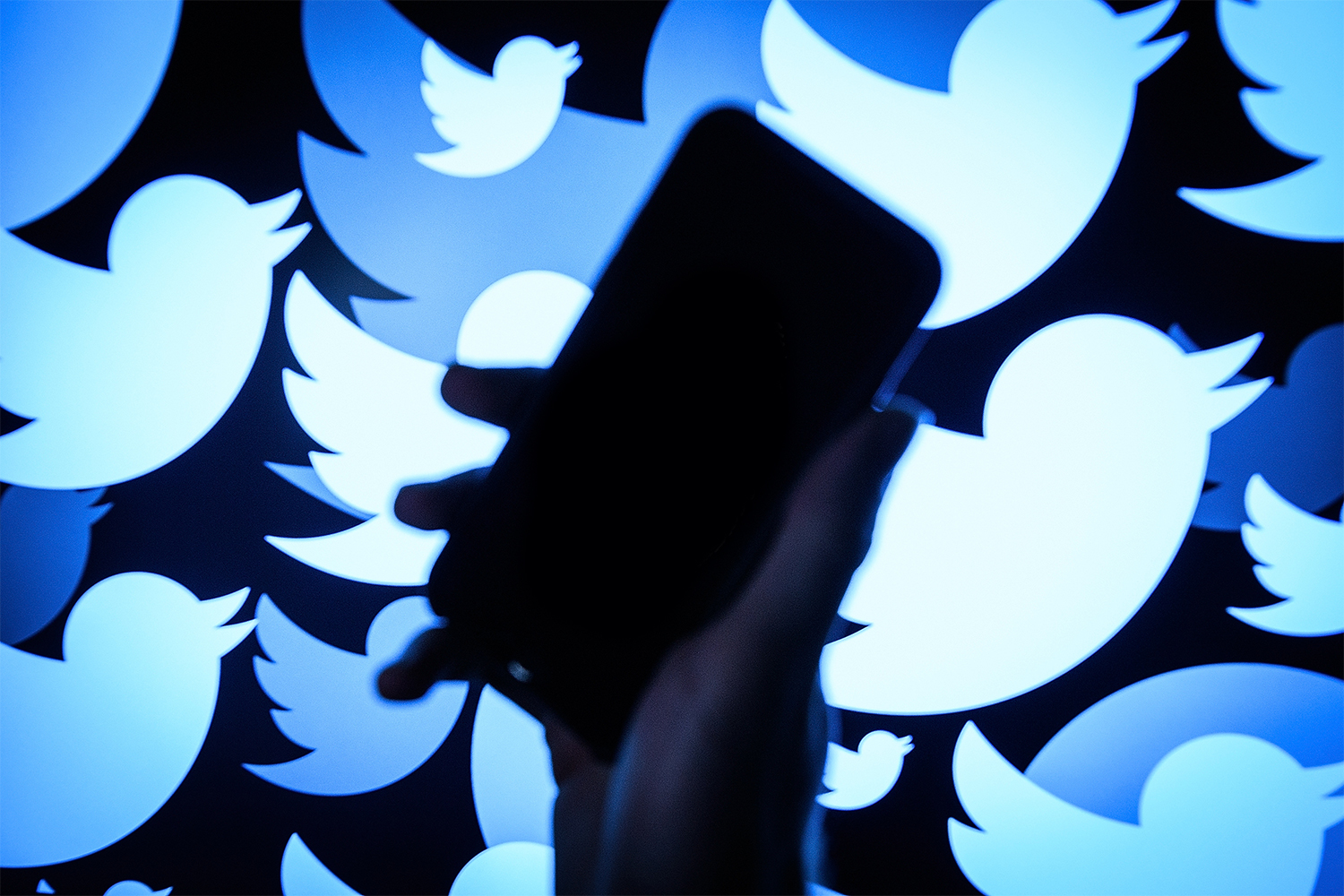In the days leading up to President Donald Trump’s announcement that he intended to leave the Paris climate agreement, Twitter bots flooded the platform with disinformation and rallies of support, according to a study released to The Guardian.
The study, which was conducted by Brown University and has yet to be released, surveyed nearly 7 million tweets on the topic of climate during the days leading up to June 1, 2017. Researchers found nearly a quarter of the tweets in support of Trump’s decision came from bots — automated tools designed to carry out specific tasks. Bots have the ability to like, retweet, direct message, and spread disinformation under the guise of humanity. Deciphering whether an account is a bot can often be deceiving, and bots have been a longtime problem for Twitter: It suspended more than 70 million fake accounts in May and June 2018 alone.
The lead author of the study, Thomas Marlow, a Ph.D. candidate at Brown, told the Guardian the study came out of his confusion as to “why there’s persistent levels of denial about something that the science is more or less settled on.”
According to the Guardian, researchers found that 25% of tweets denying the climate crisis during the research period came from bots — compared to just 5% of tweets that came from bot accounts supporting action on climate change.
The study’s findings concluded that not only were bots responsible for spreading false information about climate science and promoting companies like oil giant Exxon, but “disproportionately so in topics that were supportive of Trump’s announcement.”
The study comes one day after intelligence officials warned lawmakers in Washington of Russia’s continued meddling in U.S. elections to re-elect Trump.

Stephan Lewandowsky, another co-author and professor at University of Bristol, said the results were not necessarily unexpected.
“The more denialist trolls are out there, the more likely people will think that there is a diversity of opinion and hence will weaken their support for climate science,” he told the Guardian.
Marlow and Lewandowsky did not immediately return Digital Trends’ requests for comment.
Despite its best efforts to suspend and delete suspicious accounts spreading fake news, Twitter is still attempting to tackle its bot problem with little success.
The study noted two suspected bot accounts known for sharing climate denialist tweets, and as of Friday morning, only one was suspended.
Twitter did not immediately respond to request for comment, but in the past has referred to its continued feat to fight the increasing amount “malicious automation and spam.”
Read the Guardian’s full analysis of the study here.




